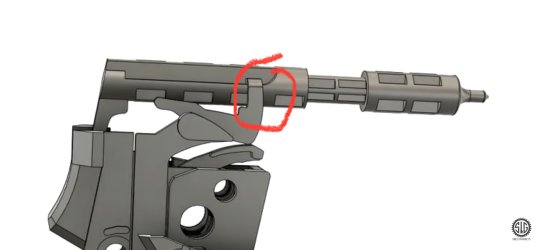Why didn't the ARMY pick up these issues at initial testing. They were so anti Beretta they barred them from competition. They needed guns with different chassis so the DEI and unfitWhich other firearm manufacturers are you familiar within the Granite State that this bar to plaintiff action benefits?
I am not familiar with any significant firearms manufacturers who are headquartered in New Hampshire besides SIG. I do look forward to learning however.
As well, your comments seem to ignore the U.S. Army's M17/18 testing, which of course was able to document and readily reproduce uncommanded firing in the P320 platform. I would believe that dozens of taxpayer-funded testing iterations in a laboratory setting would be acceptable, correct?
To wit, see page 183 from the Directorate Operational Test and Evaluation, Office of Secretary of Defense - https://www.dote.osd.mil/Portals/97/pub/reports/FY2017/army/2017mhs.pdf
Edit: Images of text from the Army report, which found uncommanded discharges and noted a history of trigger group manufacturing issues.
Recruits could get their little hands around grip.
320 not a great design with high heavy slide causing barrel slip when firing. Worst than 1911.

